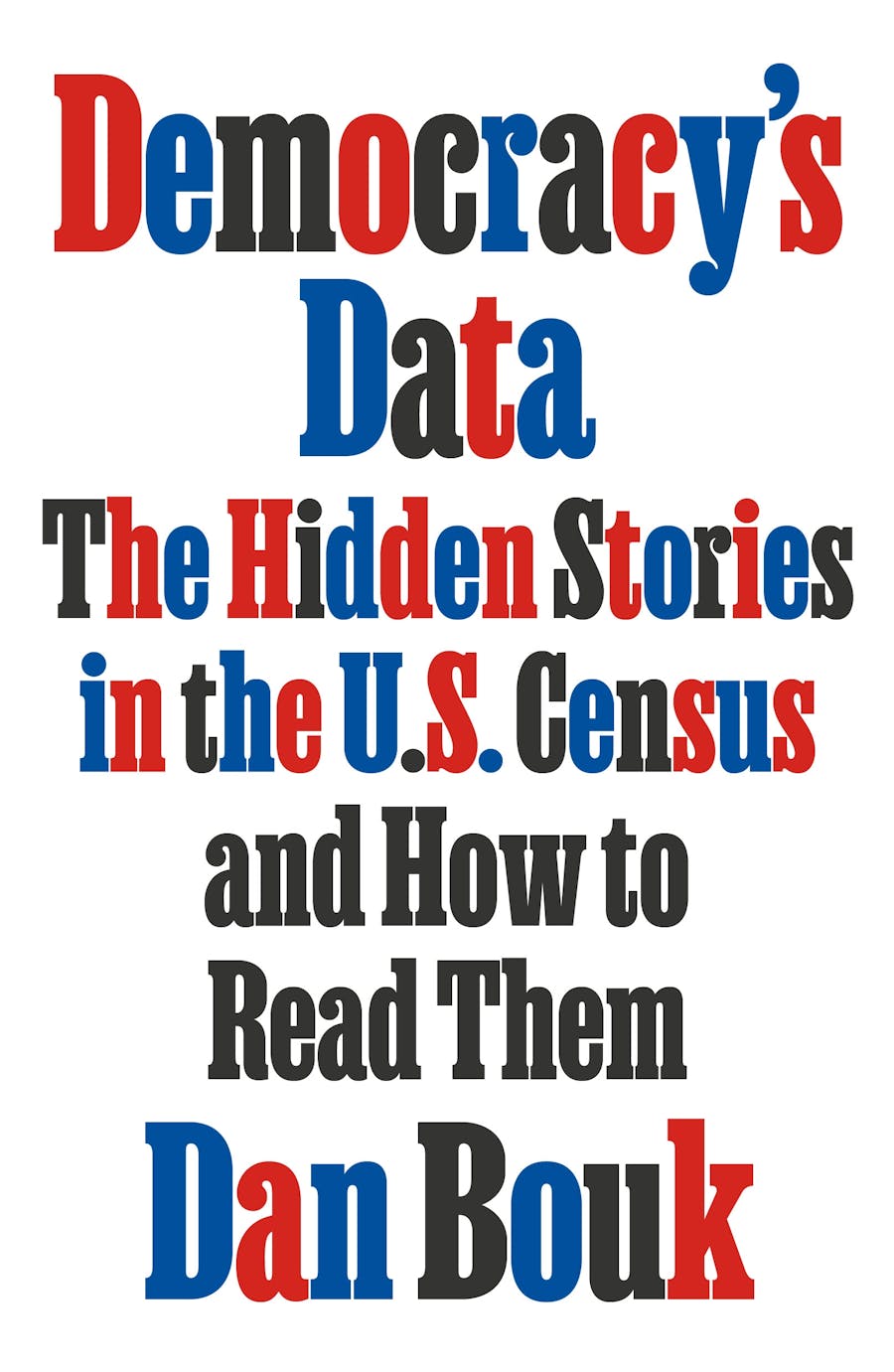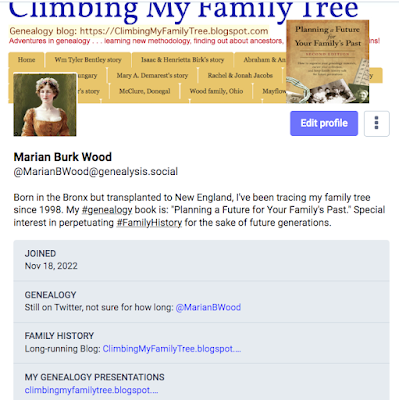Last night,
Shelley Bishop gave a terrific talk to my local genealogical society, titled "Avoiding an Ancestor ID Crisis." She suggested writing a proof statement to clarify your evidence and reasoning when trying to determine which individual is actually your ancestor.
But what about public family trees that show the wrong individual instead of the person you can now prove is the real ancestor? Or collaborative trees where someone is perpetuating incorrect info? I have some ideas, please read on!
Ask questions, answer questions
A decade ago, nearly all public family trees showed the mother of Lucinda Helen
Bentley Shank as S.L. Hixon, based on an old county history book. Above is the page in question, where a sentence notes: "The first children born where those of S.L. Hixon and Wm. T. Bentley, in 1835." (See green arrow.)
Reading that source, I had questions: Why would S.L. Hixon be named that way, rather than with a given name and the surname of Bentley? Also, reading the rest of the page, it seemed clear that S.L. Hixon was male, since he had a first wife named Nancy (above the green arrow) and is mentioned in the final sentence as "Mr. Hixon."
My theory was that the book was naming only the fathers of the first two babies born among settlers in 1835. Digging deeper, I was able to locate and order a death record for Lucinda. Although only an extract was available at that time, it clearly showed Olivia Morgan as the mother's maiden name, NOT S.L. Hixon.
Therefore, I added Olivia Morgan as a new name to my family tree, and uploaded the death cert extract as proof she was Lucinda's mother. Six other people subsequently saved the extract as source to their family trees. Later, Lucinda's actual death cert became available and I attached it as my source, as well. Even though death certs aren't necessarily completely accurate, I felt fairly confident because I found Olivia's name on another child's documents.
On Ancestry, I posted the S.L. Hixon page on Olivia Morgan's profile (since she was, after all, the wife of Wm T. Bentley and mother of one of the first babies born to settlers). Soon afterward, someone posted a question on the "comments" section of the source page, asking how I found Olivia to be the mother. Shown above, I explained my reasoning. Happily, over time, Olivia Morgan replaced S.L. Hixon as the mother on dozens of family trees!
BUT you don't have to wait for anyone to ask a question. You can simply post your own comment about proof on a source or on your ancestor's profile. If your tree is public, any researcher can read your comment. Maybe that comment will diminish the spread of incorrect info and encourage the spread of accurate info.
Show your proof as a source
On Family Search, I posted a document and explanation to confirm that Olivia Morgan was indeed the mother of Lucinda Helen Bentley Shank.
It's easy to do this by creating your own source on the ancestor's profile. I uploaded the death cert extract from Olivia Morgan's daughter, and wrote a sentence explaining why this source was being attached (see blue star above).
This is an easy way to share your source and reasoning with others who are researching the same ancestors--and, hopefully, persuade them to leave the facts intact based on your evidence.
UPDATE: In her comment below, Teresa Eckford recommends using the new "notes/alert" function added to FamilySearch a few months ago. Here's a link to learn more about this easy way to let others know about important research info for a particular ancestor. TY to Teresa for this excellent suggestion!


























